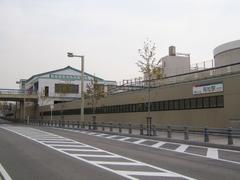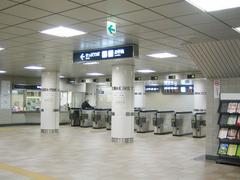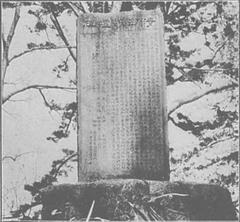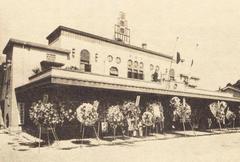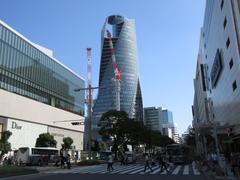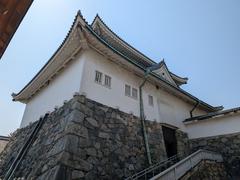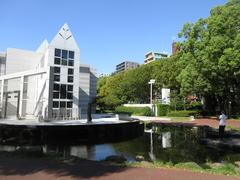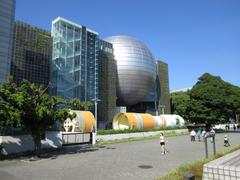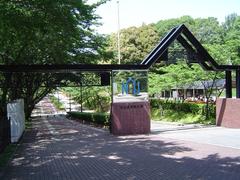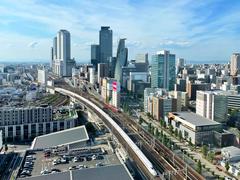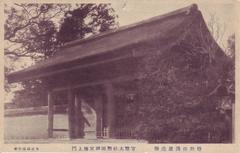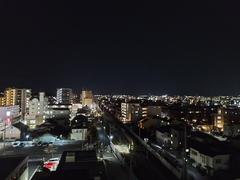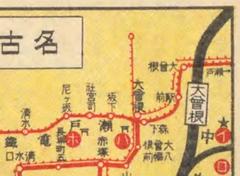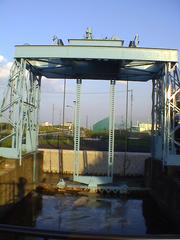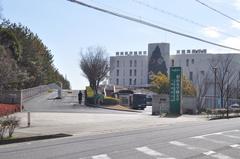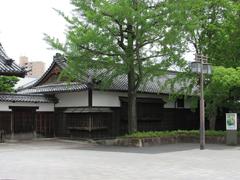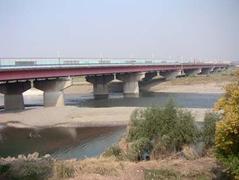Comprehensive Guide to Visiting Shirotori Garden in Nagoya, Japan
Date: 18/07/2024
Introduction
Table of Contents
- [Introduction](#introductionintroduction)
- [History and Significance](#history-and-significancehistory-and-significance)
- [A Modern Garden with Deep Roots](#a-modern-garden-with-deep-rootsa-modern-garden-with-deep-roots)
- [A Tapestry of Three Distinct Gardens](#a-tapestry-of-three-distinct-gardensa-tapestry-of-three-distinct-gardens)
- [A Cultural Oasis in the Urban Landscape](#a-cultural-oasis-in-the-urban-landscapea-cultural-oasis-in-the-urban-landscape)
- [Visitor Information](#visitor-informationvisitor-information)
- [Visiting Hours](#visiting-hoursvisiting-hours)
- [Tickets](#ticketstickets)
- [Travel Tips](#travel-tipstravel-tips)
- [How to Get There](#how-to-get-therehow-to-get-there)
- [Best Times to Visit](#best-times-to-visitbest-times-to-visit)
- [Nearby Attractions](#nearby-attractionsnearby-attractions)
- [Accessibility](#accessibilityaccessibility)
- [FAQ](#faqfaq)
- [Conclusion](#conclusionconclusion)
History and Significance
A Modern Garden with Deep Roots
While Shirotori Garden first opened its gates to the public in 1991, its story is intertwined with a much older landmark—the former site of Nagoya Castle’s Ofuke-maru. This area, once a vital part of the castle’s defense system, was transformed into a public park in 1945. The creation of Shirotori Garden within this park marked a new chapter, one that sought to preserve the spirit of traditional Japanese gardens while embracing modern design sensibilities.
A Tapestry of Three Distinct Gardens
Shirotori Garden is not a singular entity but rather a harmonious blend of three distinct garden styles, each reflecting a different period and aesthetic:
- Pond-Stroll Garden: Inspired by the Heian period (794-1185), this garden invites leisurely walks along winding paths, offering ever-changing perspectives of the central pond and its meticulously arranged landscape. Waterfalls cascade over artfully placed rocks, while bridges and islands punctuate the serene waters, creating a sense of depth and discovery.
- Dry Landscape Garden: Evoking the Muromachi period (1336-1573), this garden embraces minimalism and abstraction. Here, carefully raked gravel replaces flowing water, creating a symbolic representation of the sea or rivers. Carefully positioned rocks and pruned trees stand as islands and mountains, inviting contemplation and reflection on the beauty of nature’s essence.
- Modern Garden: This section showcases the innovative spirit of contemporary Japanese landscaping. Bold geometric shapes and modern materials blend seamlessly with traditional elements, creating a dynamic space that celebrates both the past and the present.
A Cultural Oasis in the Urban Landscape
Shirotori Garden is not merely a collection of plants and stones; it’s a living embodiment of Japanese cultural values and artistic principles:
- Harmony with Nature: The garden’s design reflects the Japanese reverence for nature, seeking to create a harmonious balance between the built environment and the natural world. The careful placement of rocks, water features, and plants creates a sense of tranquility and peace, inviting visitors to reconnect with the rhythms of the natural world.
- Wabi-sabi: This aesthetic philosophy, embracing imperfection and impermanence, is evident throughout the garden. From the moss-covered stones to the carefully pruned trees, each element speaks to the beauty found in the natural cycle of growth, decay, and renewal.
- Symbolism and Metaphor: Japanese gardens are often imbued with layers of symbolism, inviting viewers to look beyond the surface and find deeper meaning. The arrangement of rocks, the flow of water, and the choice of plants can all hold symbolic significance, reflecting philosophical ideas or historical events.
Visitor Information
When planning your visit to Shirotori Garden, keep the following details in mind:
Visiting Hours
The garden is typically open from 9 AM to 5 PM, with the last entry at 4:30 PM. However, hours may vary seasonally, so it’s best to check ahead.
Tickets
Travel Tips
How to Get There
Shirotori Garden is accessible via public transportation. The nearest subway station is Jingu Nishi Station on the Meijo Line, followed by a short walk.
Best Times to Visit
Spring and autumn are particularly beautiful seasons to visit, with cherry blossoms in the spring and vibrant foliage in the autumn.
Nearby Attractions
Explore other notable sites in Nagoya:
- Nagoya Castle: A historic landmark offering a glimpse into Japan’s feudal past.
- Atsuta Shrine: One of Shinto’s most significant shrines, just a short distance from the garden.
- Osu Shopping District: A bustling area with shops, restaurants, and cultural sites.
Accessibility
Shirotori Garden is committed to being accessible to all visitors. The garden features:
- Wheelchair Access: Paved paths throughout the garden ensure ease of movement.
- Accessible Restrooms: Facilities are available to accommodate visitors with disabilities.
FAQ
- Q: Is there a parking facility available?
- A: Yes, there is a parking lot available for visitors.
- Q: Can I bring my pet?
- A: Pets are not allowed in the garden to preserve its tranquility and cleanliness.
- Q: Are there any dining options inside the garden?
- A: There is a tea house within the garden where you can enjoy light refreshments.
- Q: What are the opening hours of Shirotori Garden?
- A: The garden is open from 9:00 AM to 5:00 PM, with the last admission at 4:30 PM. It is closed on Mondays and during the New Year’s holiday.
- Q: How much are the tickets for Shirotori Garden?
- A: Admission fees are 300 yen for adults, 100 yen for seniors (65+), and free for children (junior high school students and younger).
- Q: Is Shirotori Garden wheelchair accessible?
- A: Yes, the garden is wheelchair accessible, with paved paths and ramps available throughout.
- Q: Are there any nearby attractions to visit?
- A: Yes, Atsuta Shrine, one of Japan’s oldest and most significant Shinto shrines, is nearby.
